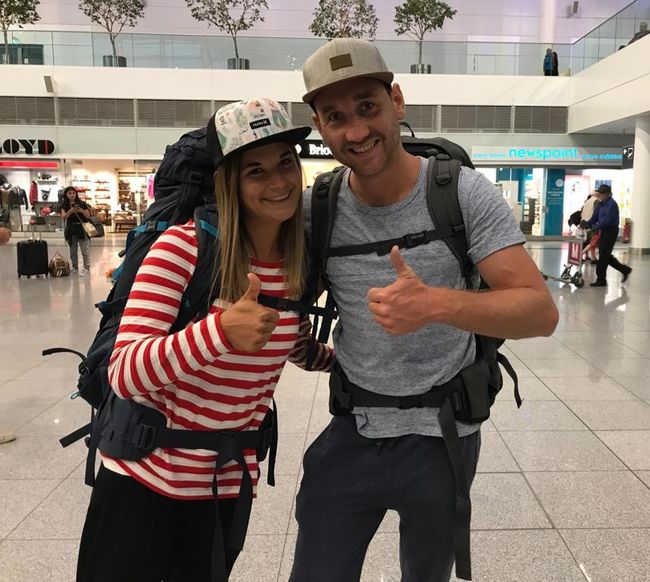South Peru
شايع ٿيل: 09.12.2019
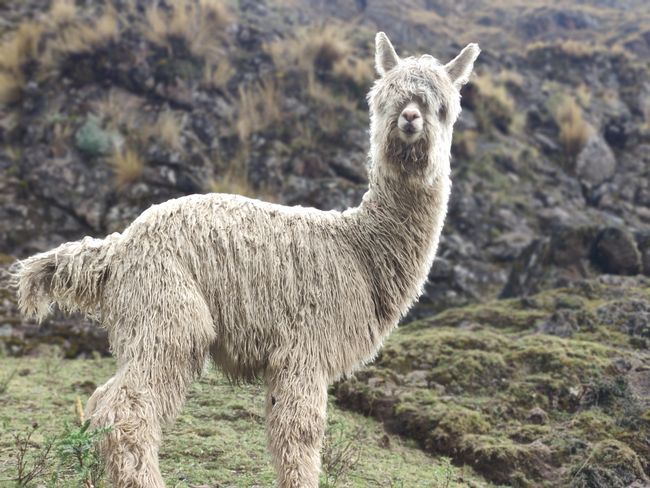
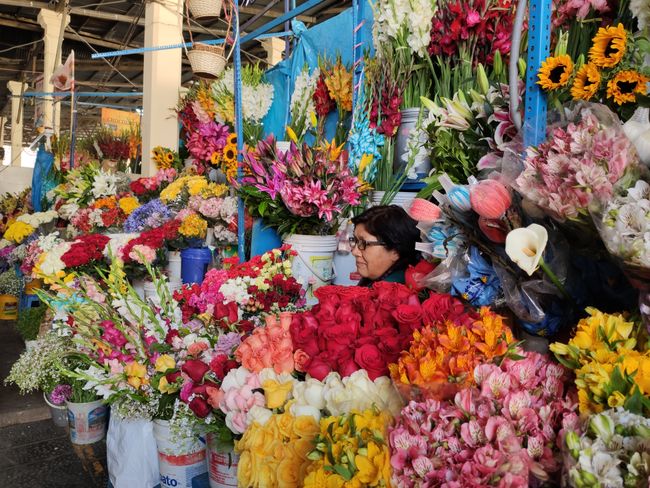
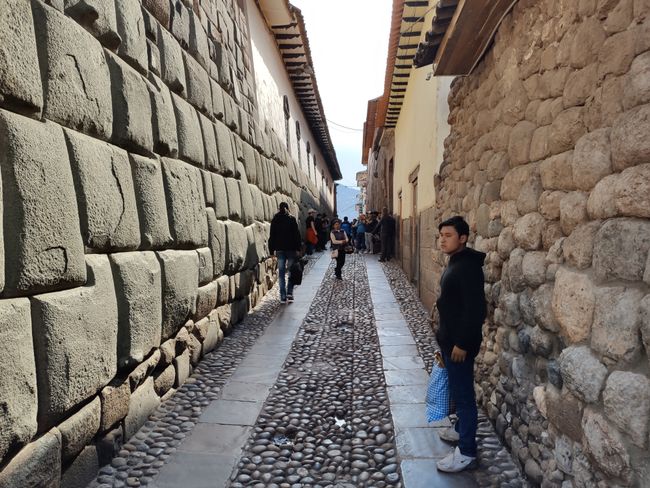
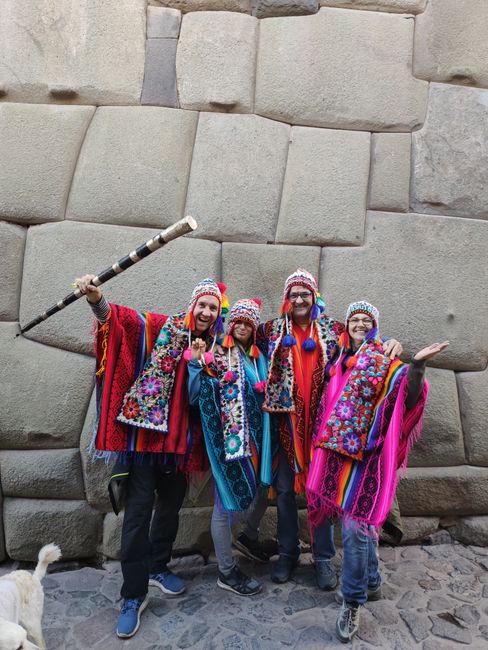
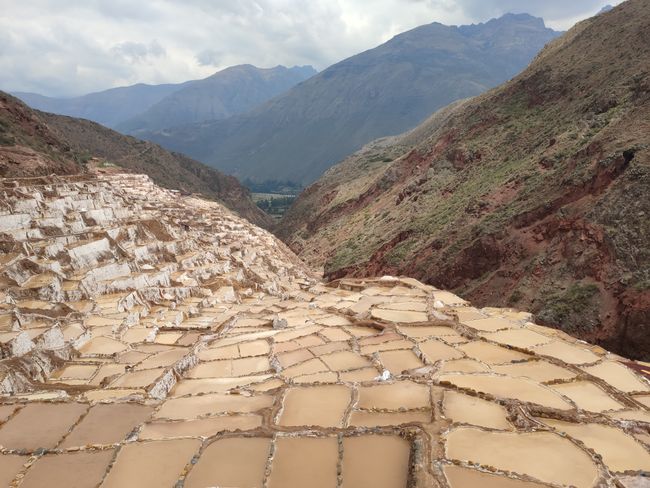
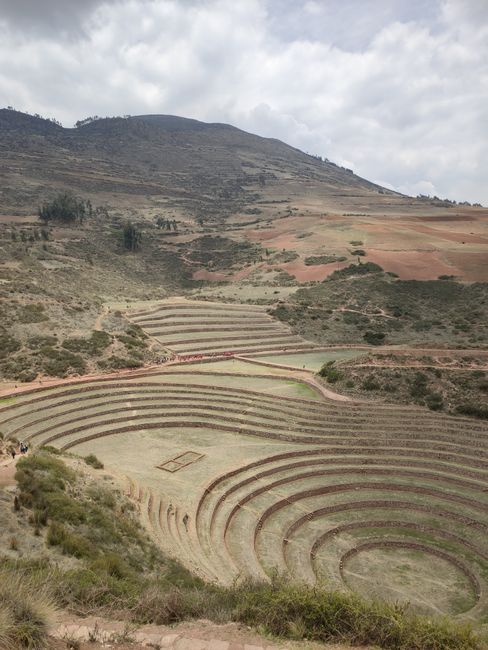
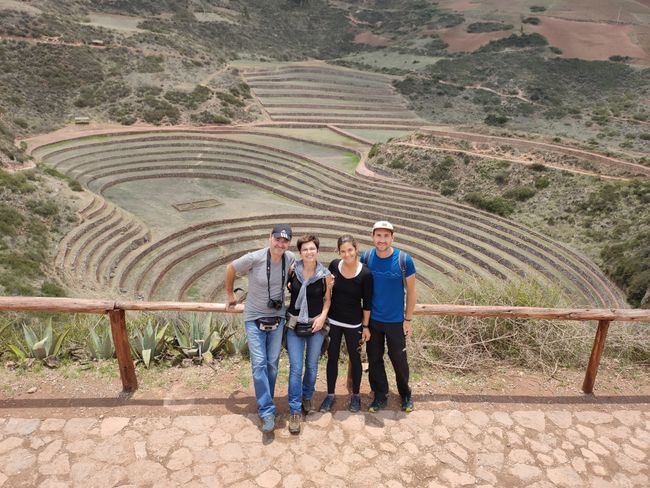
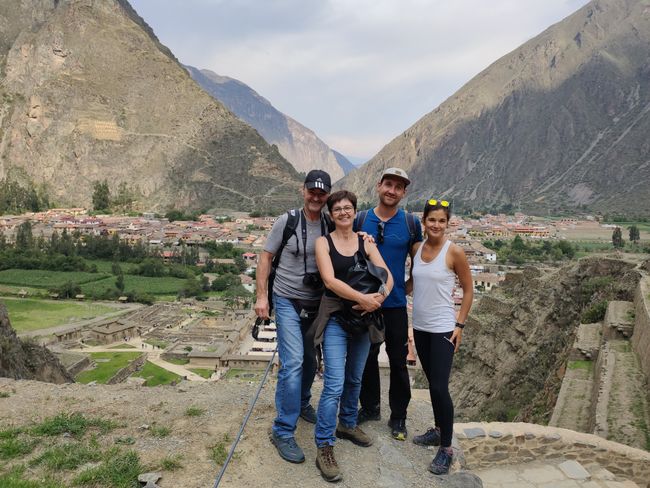
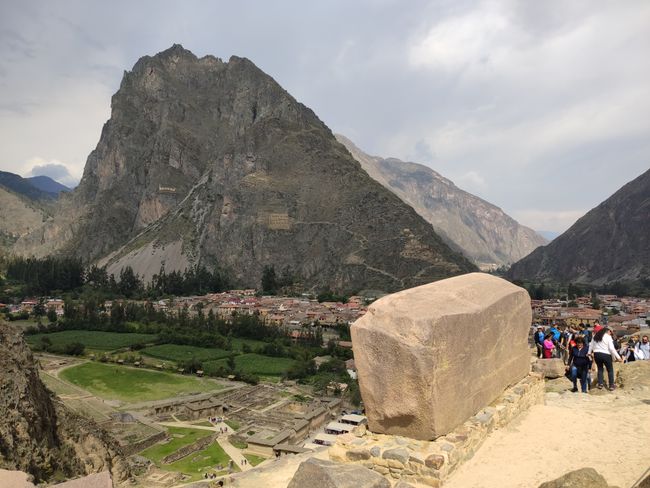
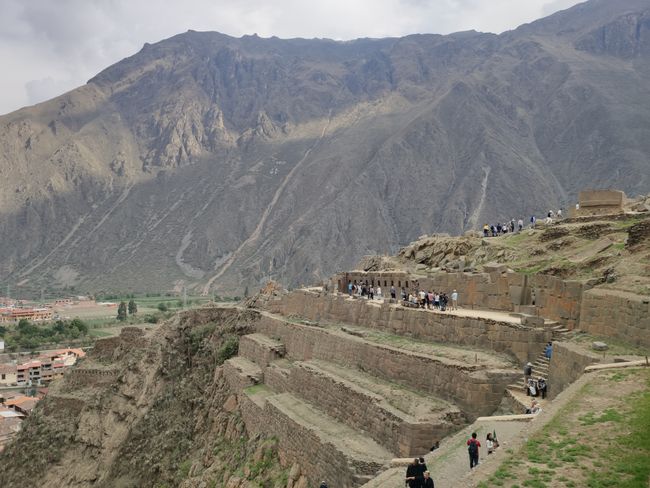
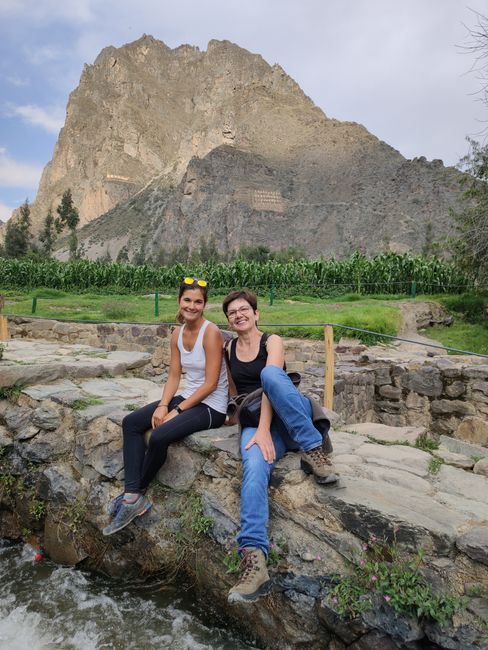
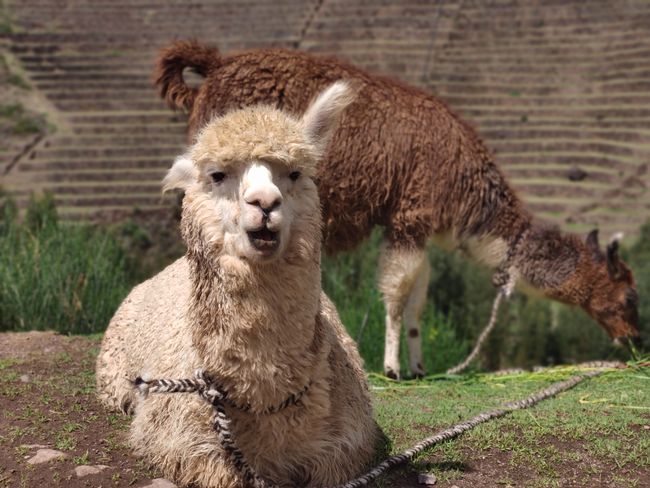
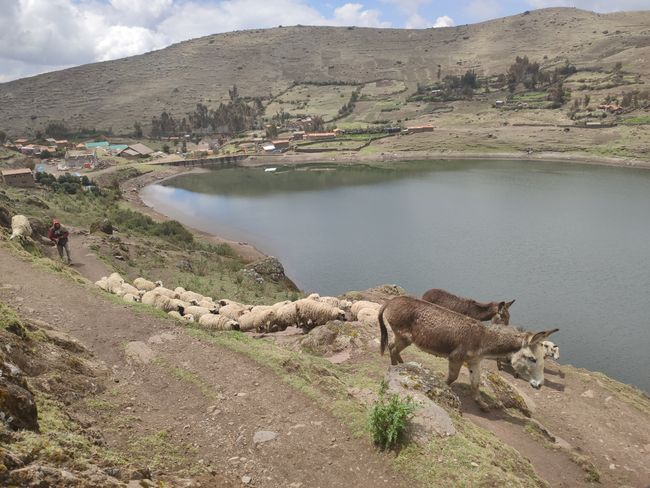
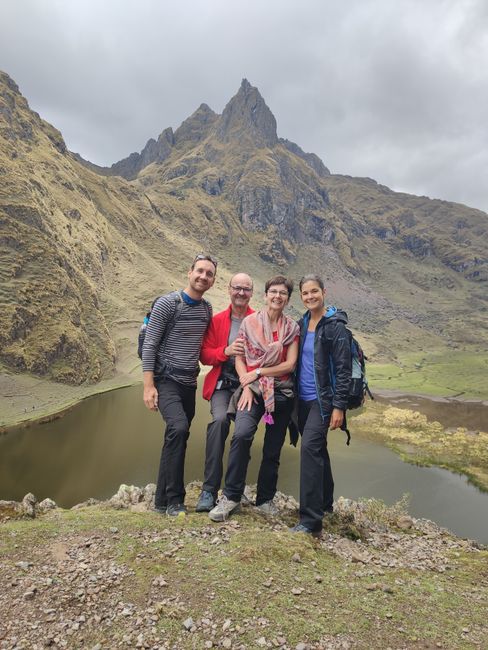
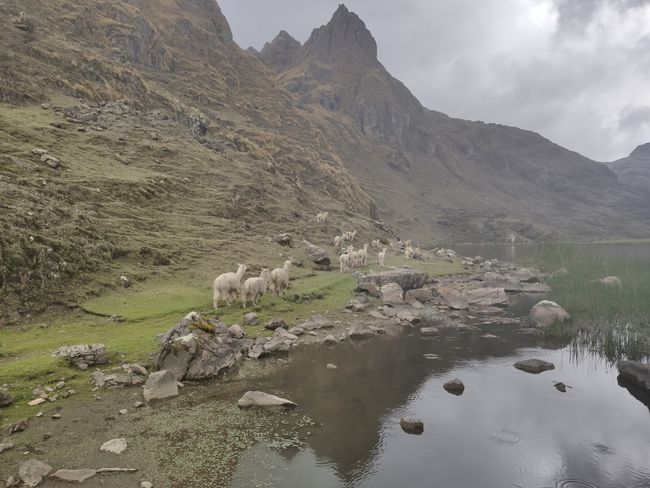
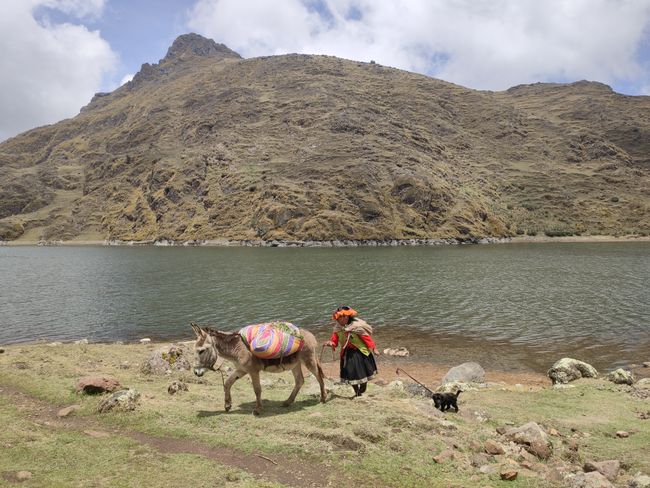
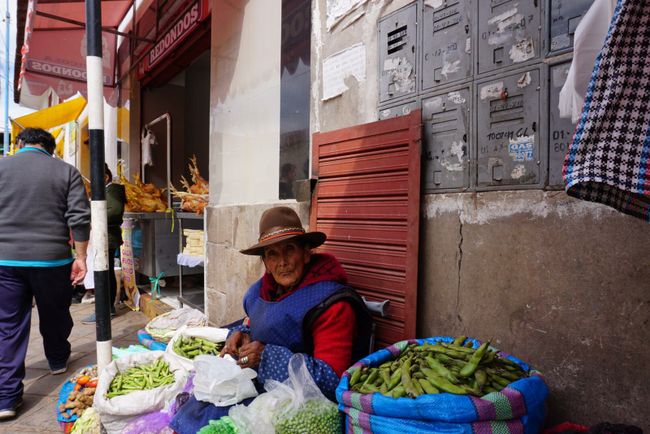
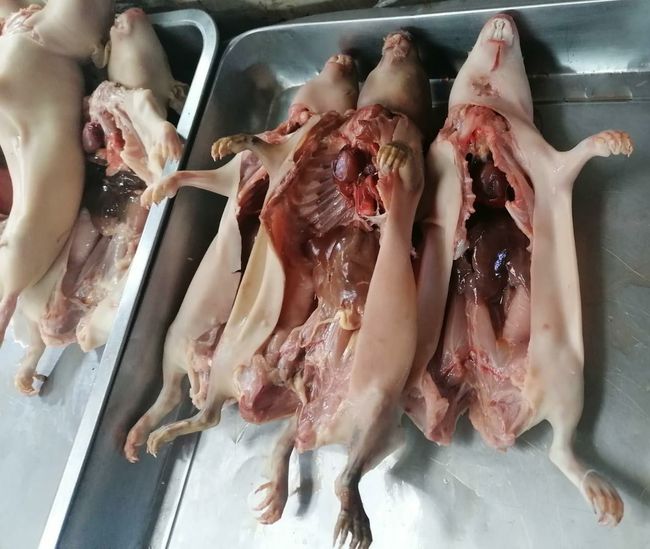
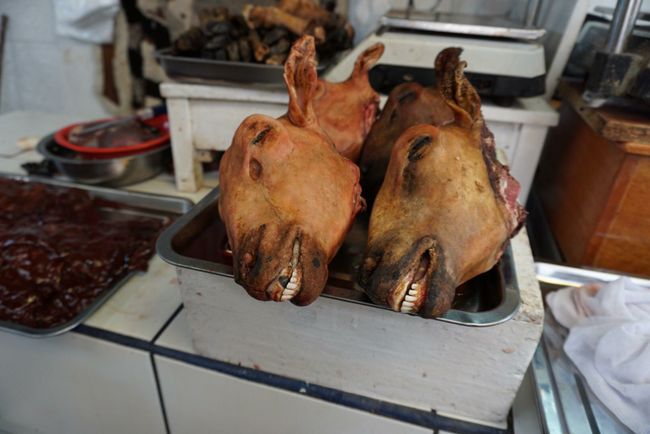
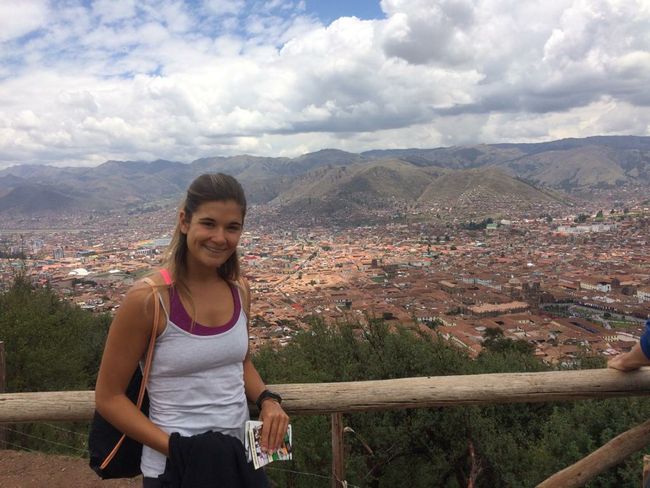
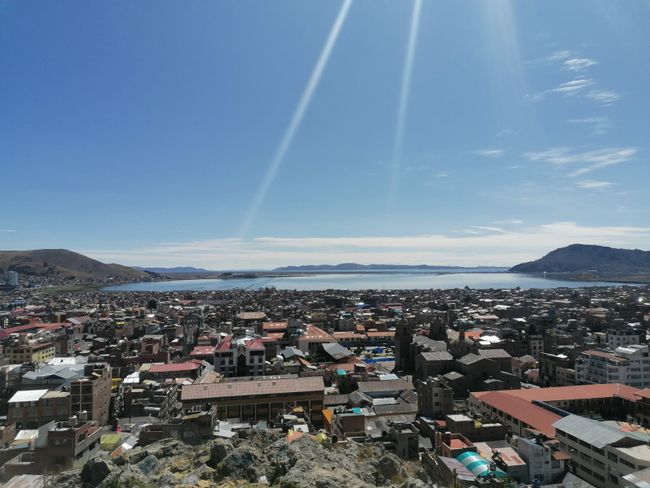
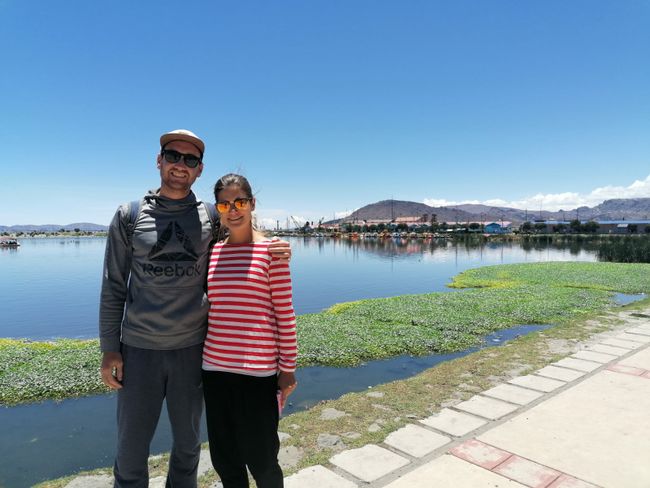
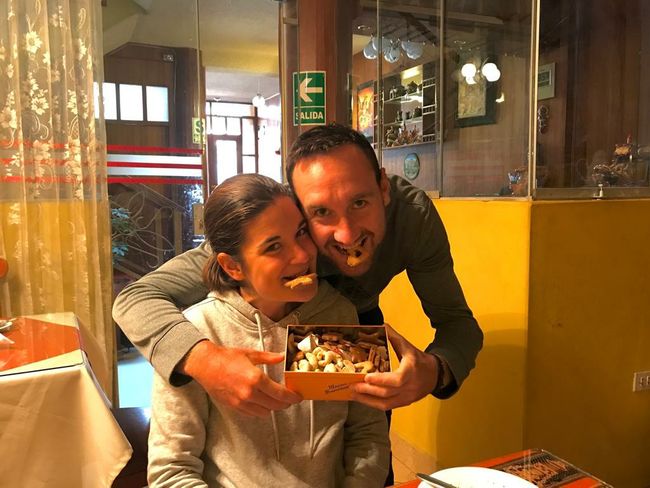
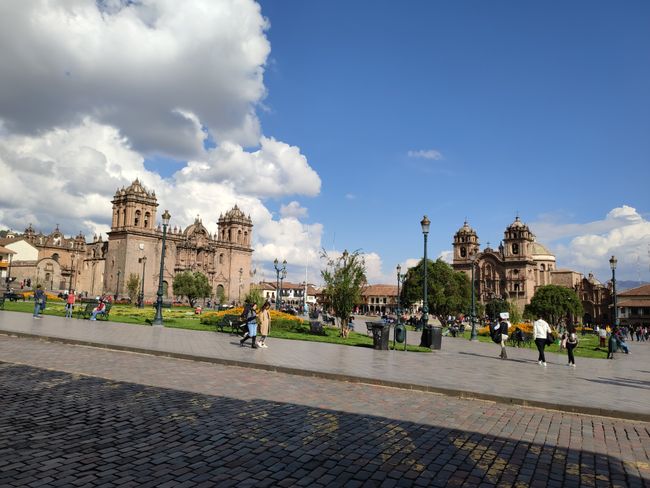
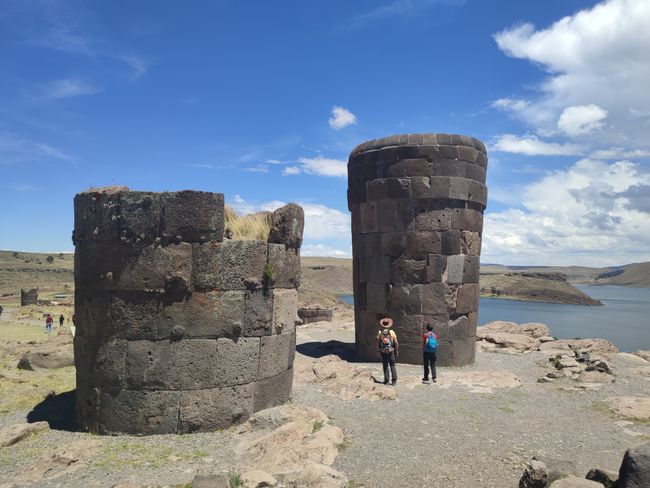
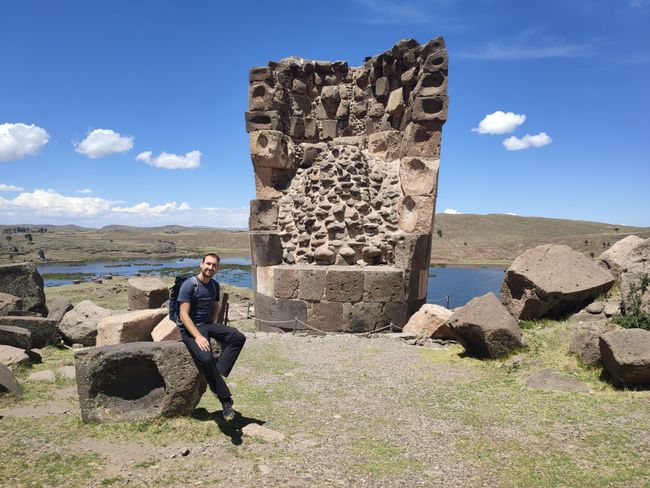
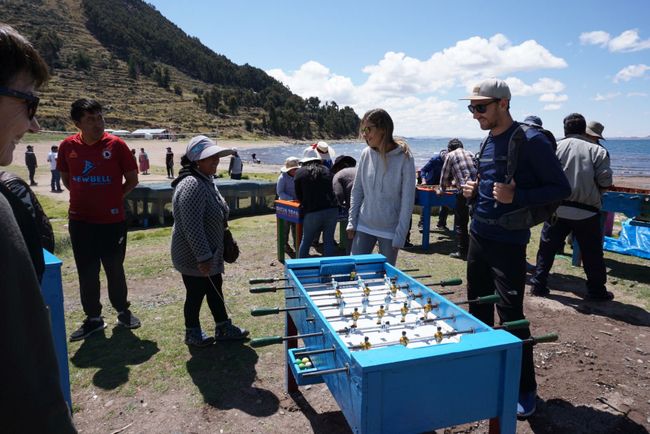
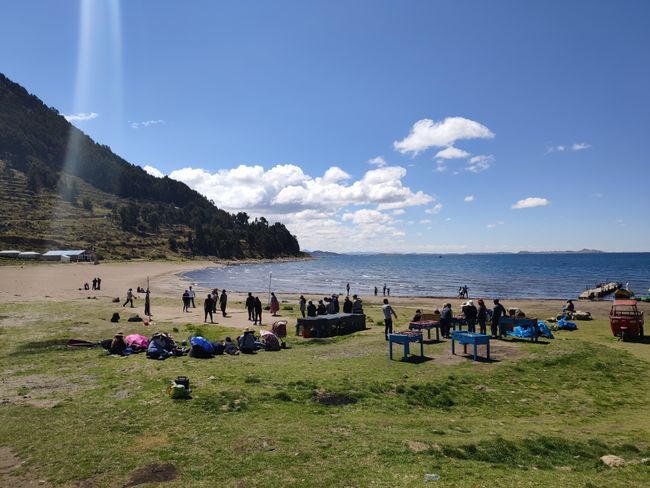
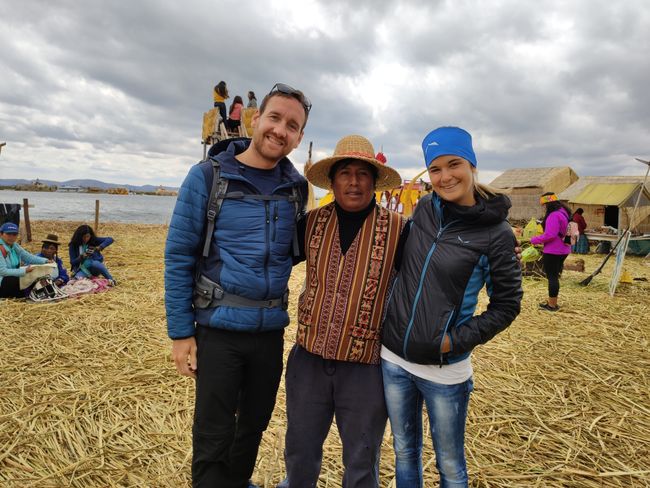
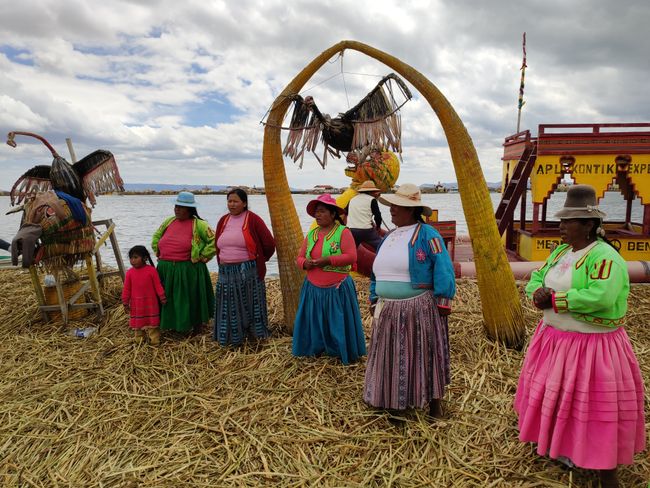
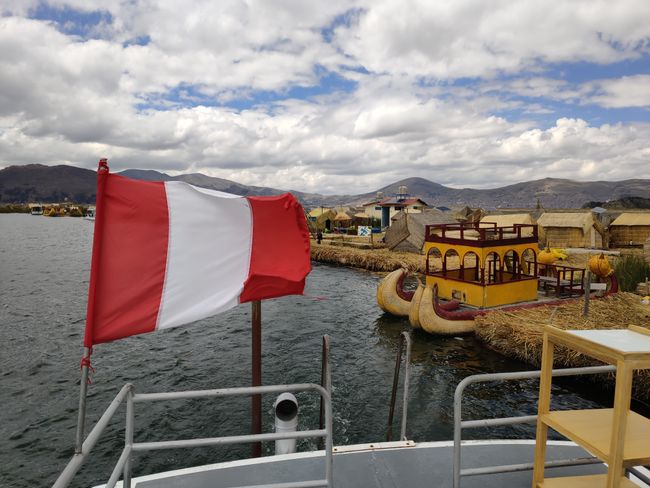
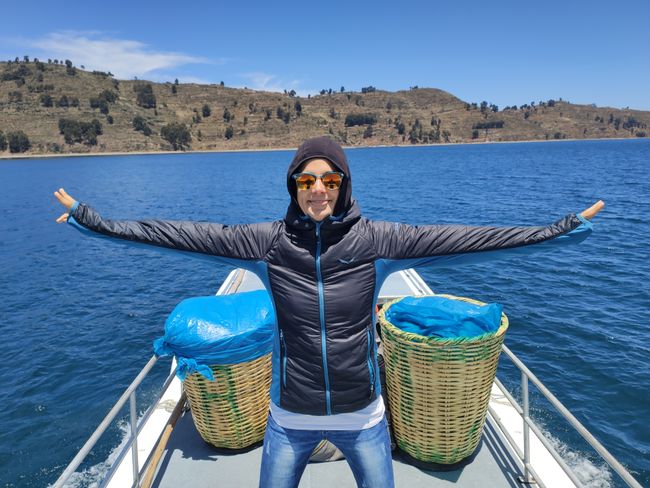
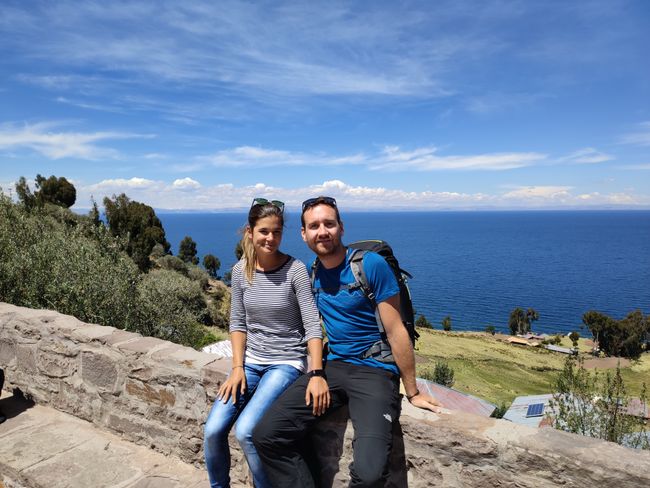
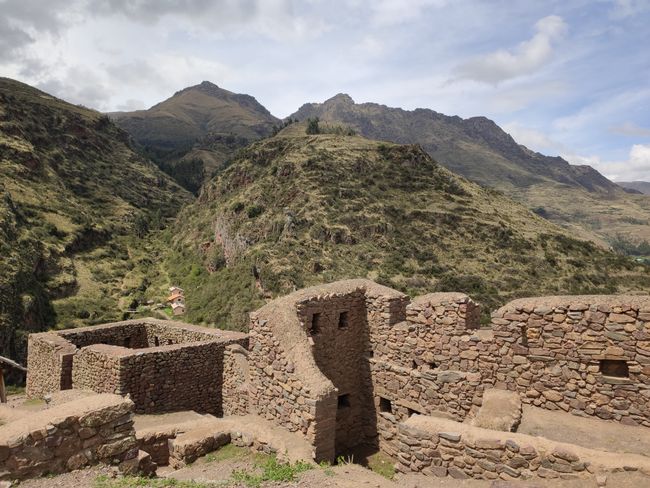
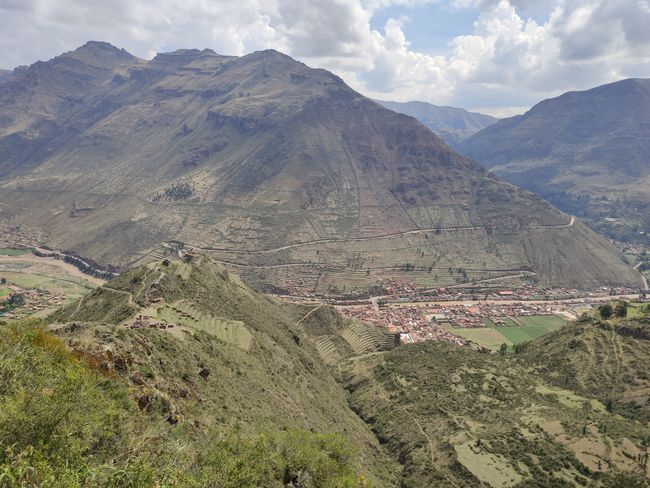
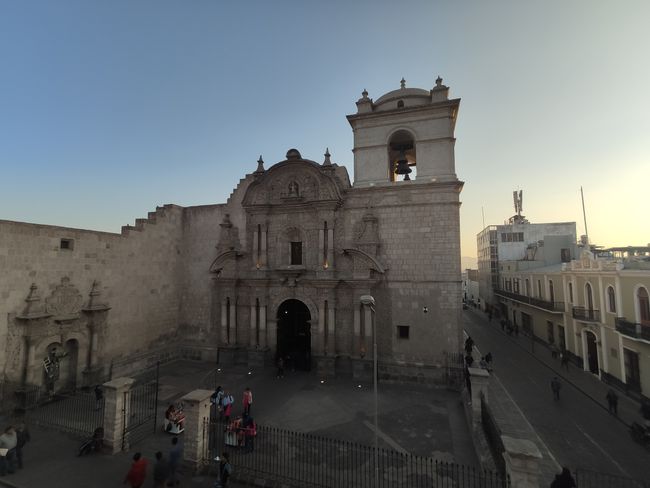

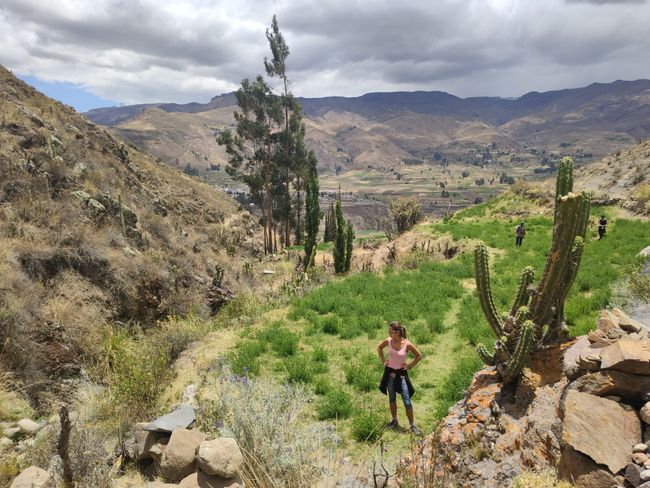
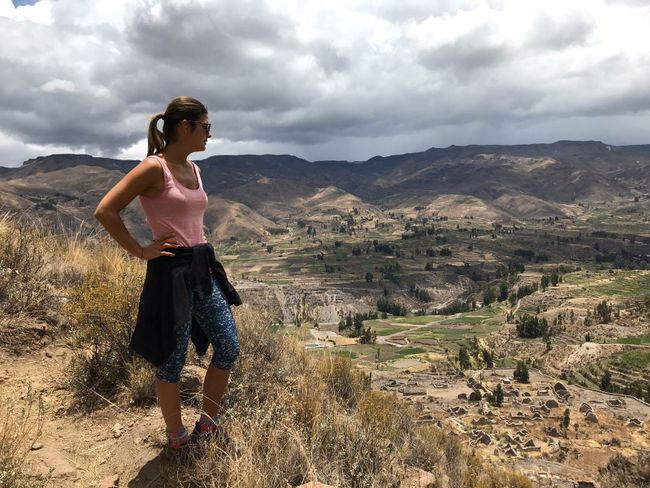
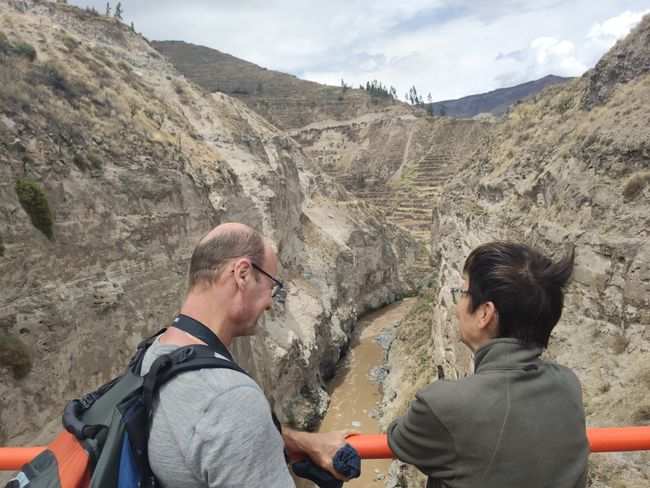

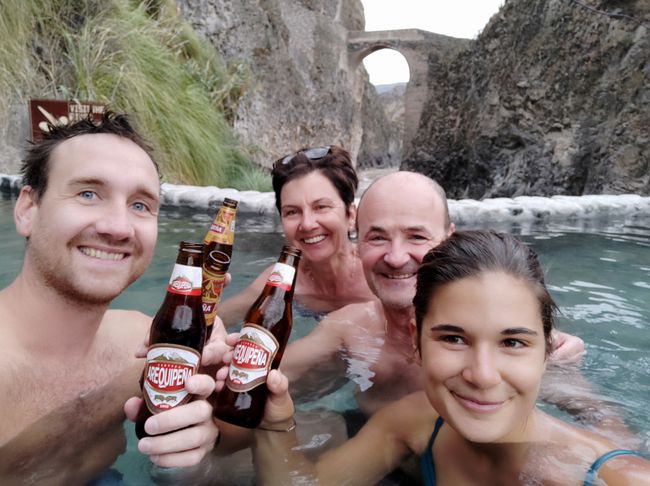
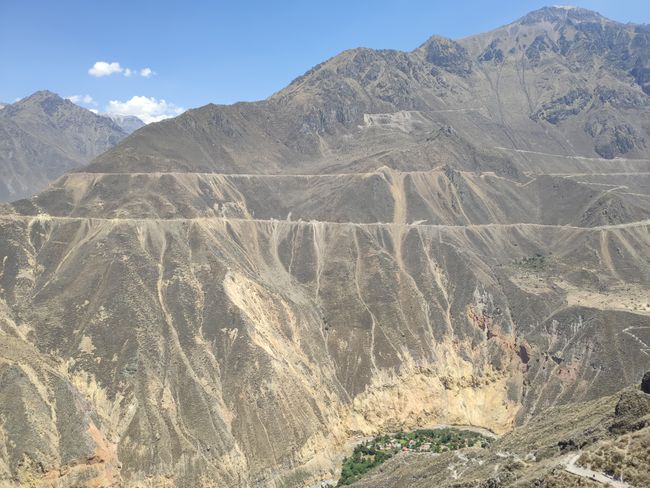

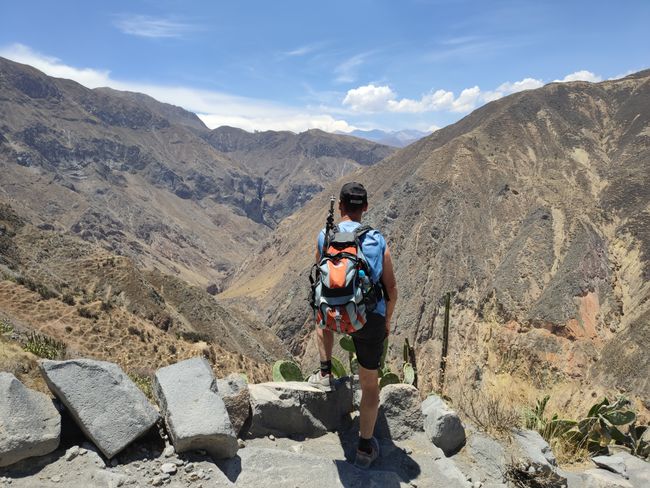
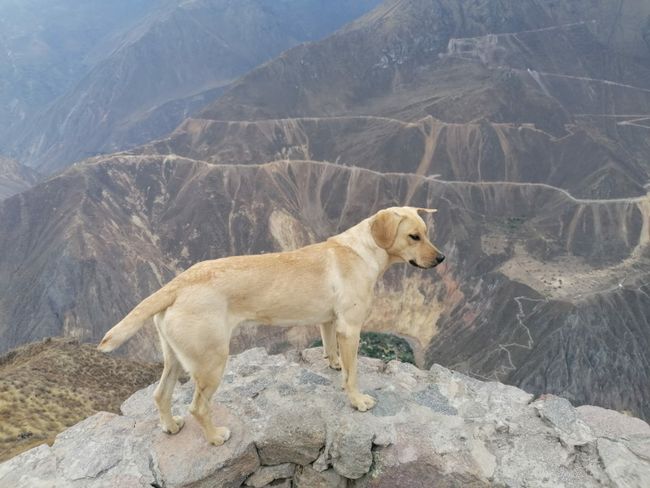
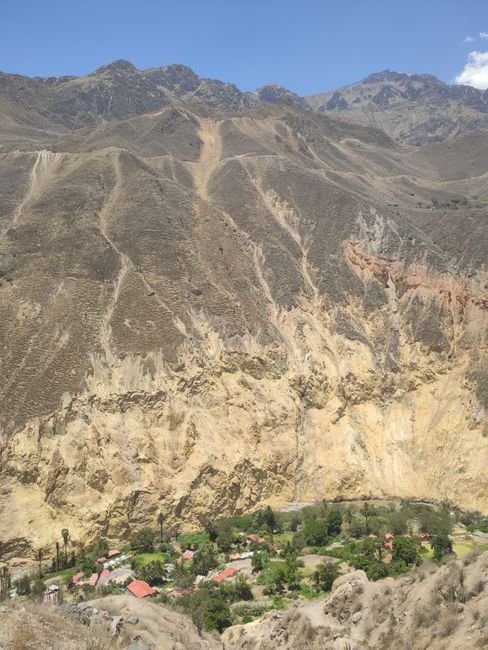
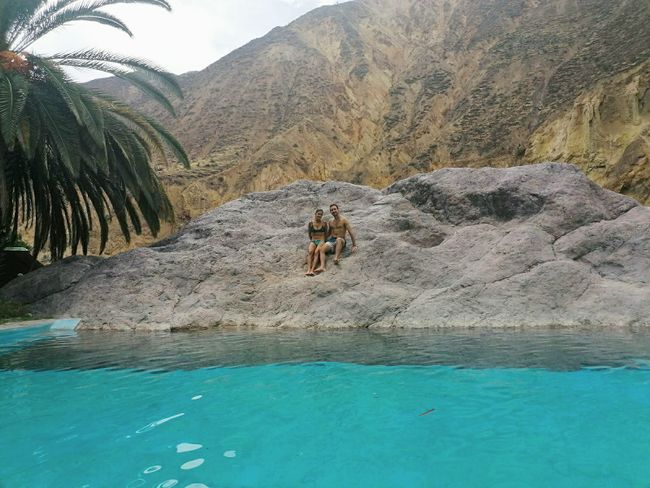
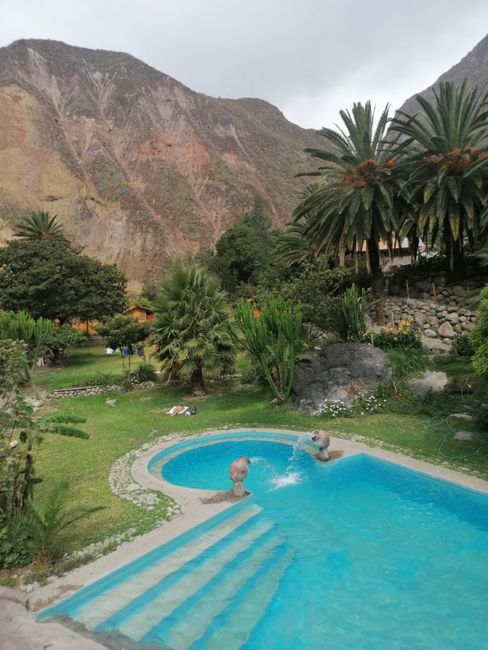
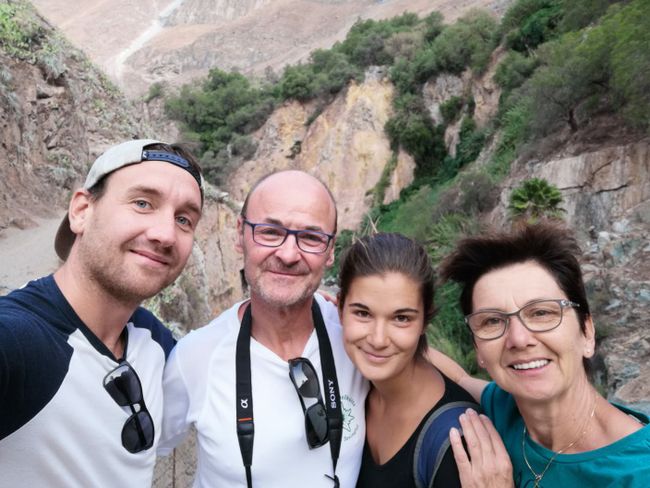
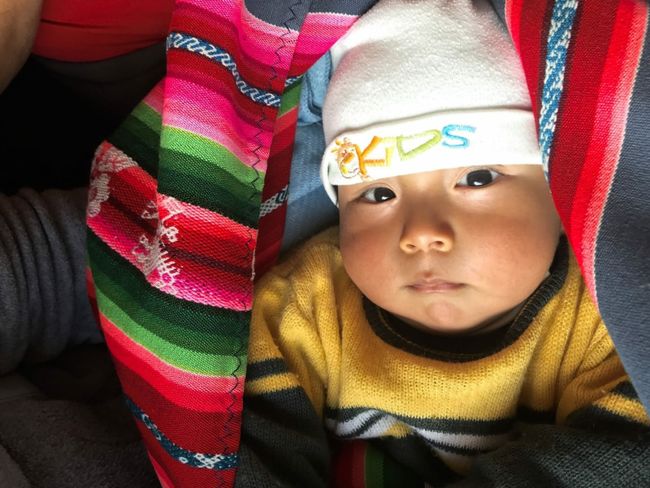
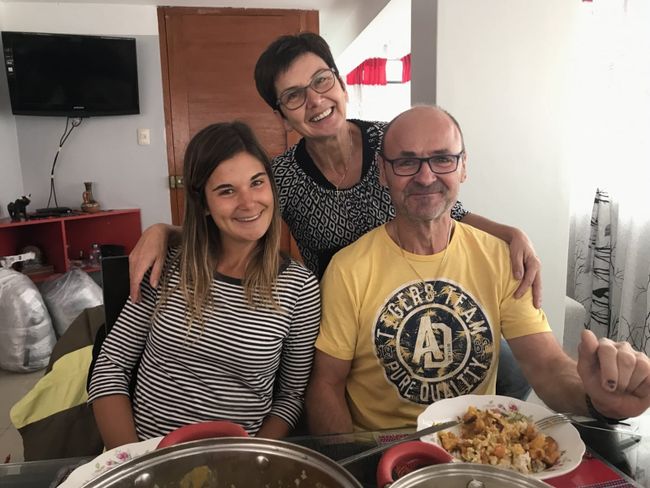
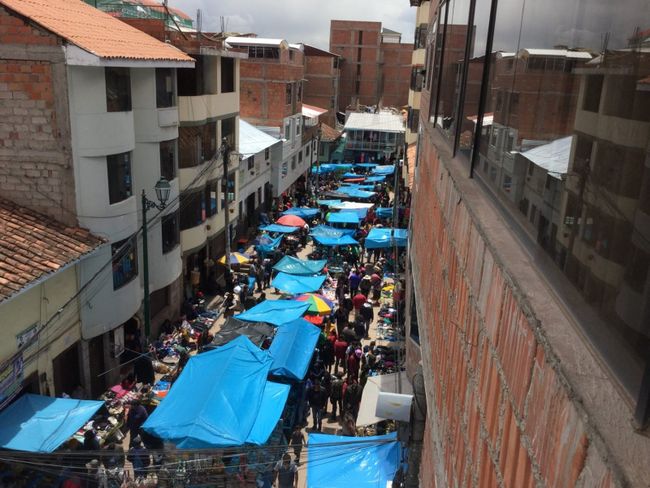
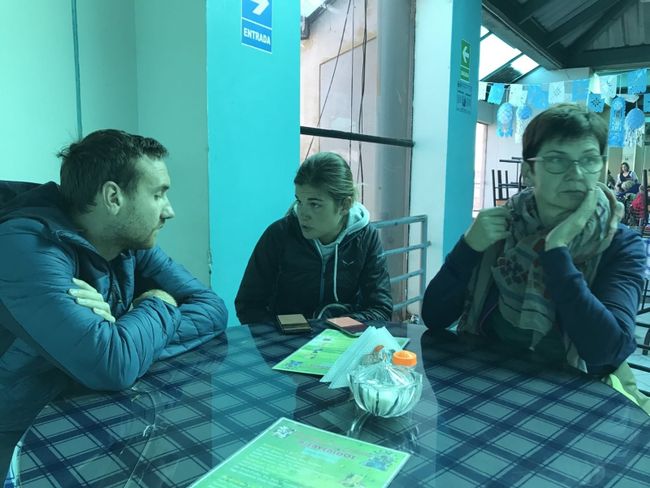
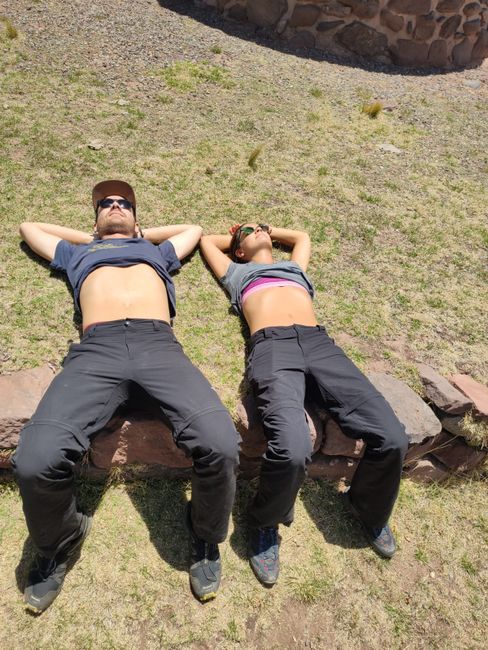
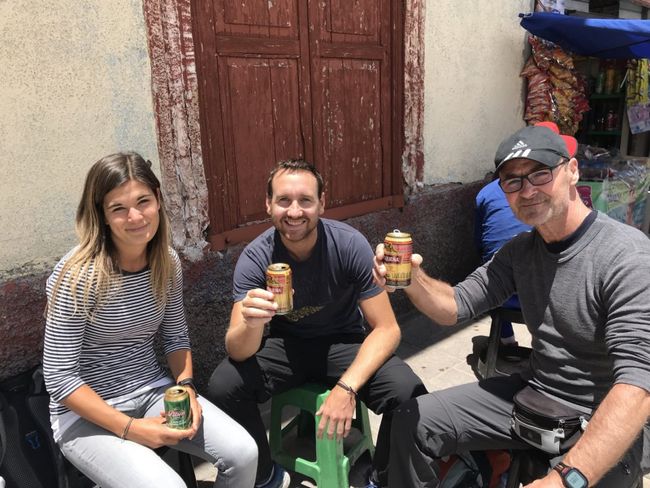
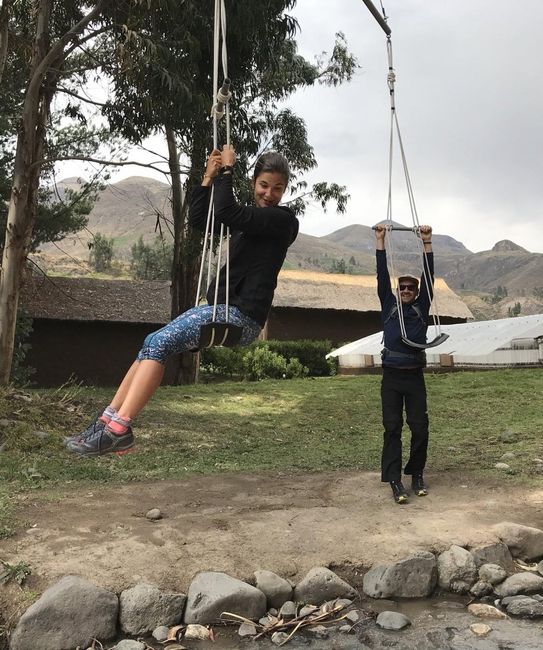
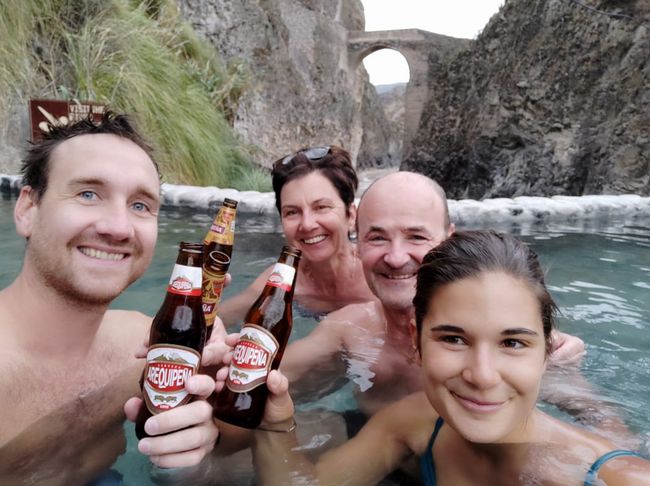
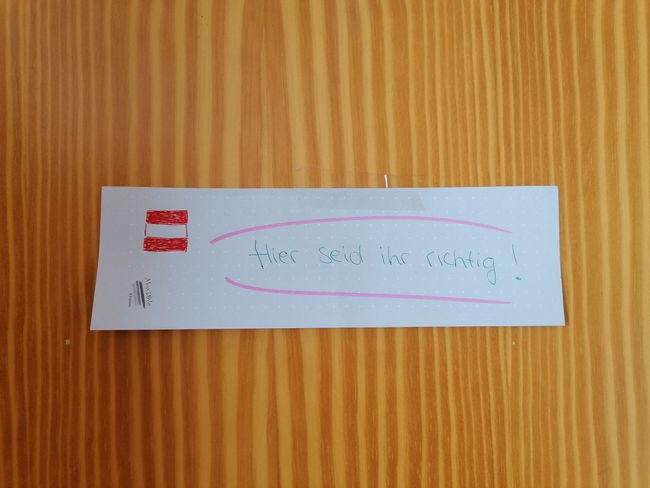
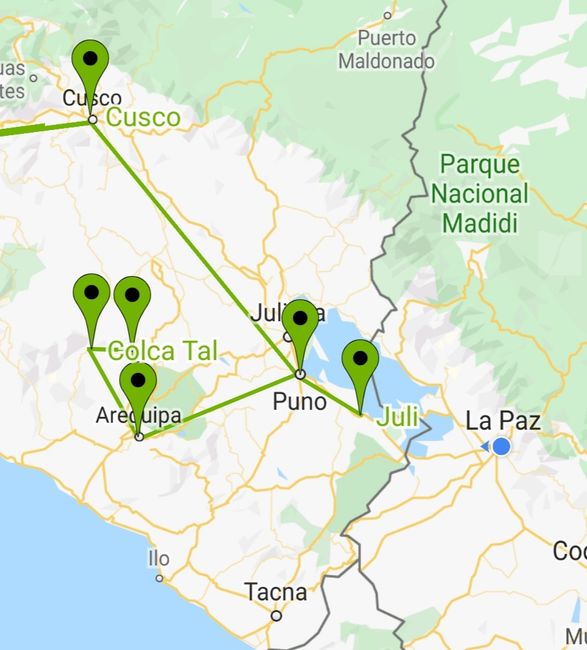
نيوز ليٽر جي رڪنيت حاصل ڪريو


After an 18-hour bus ride and the feeling of having sore buttocks, we arrived early in the morning at the Inca stronghold of Cusco - our place of residence for the next 5 days. We did not allow ourselves time to catch up on sleep in this case, as we wanted to explore the area in advance with our group of four in order to make the final plans. The next day, November 12th, we eagerly awaited Martina's parents, who flew directly to Cusco (3400m!) from Lima (sea level!) and arrived slightly out of breath on the third floor of our AirBnB apartment. Whether the moisture in the eyes was due to the low air pressure or rather to the joyful occasion of the reunion remains a mystery. It is certain that we were both really happy about the visit from our family and that we now had three weeks of traveling together ahead of us.



In the first two days, we acclimatized by strolling through the city at a leisurely pace and allowing Martina's parents to immerse themselves in Inca culture. So we dressed in their traditional costumes and created a truly authentic Inca feeling.

We admired various Inca buildings, some of which are still preserved. They can be recognized by the ton-heavy, cuboid stones which were stacked on top of each other in unimaginable ways at that time. Furthermore, the first days were used to show the parents the Peruvian culinary delights. They definitely didn't enjoy everything. So the throat-tickling specialties of the San Pedro Markets like larvae, frogs, guinea pigs, and co. remained uneaten. These ladies in particular impressed us...



In addition to food, drink, and sightseeing in the city center, we also visited the area around Cusco. Each excursion was a highlight in itself!
Lake "Kinsa Cocha"
At this somewhat remote lake at almost 4000 meters, we were able to enjoy the beauty of nature as the only tourists and take a little hike together with llamas and alpacas. We were pleased to be accompanied by our friendly taxi driver, who told us a lot about the plants and cultivated vegetables growing there.

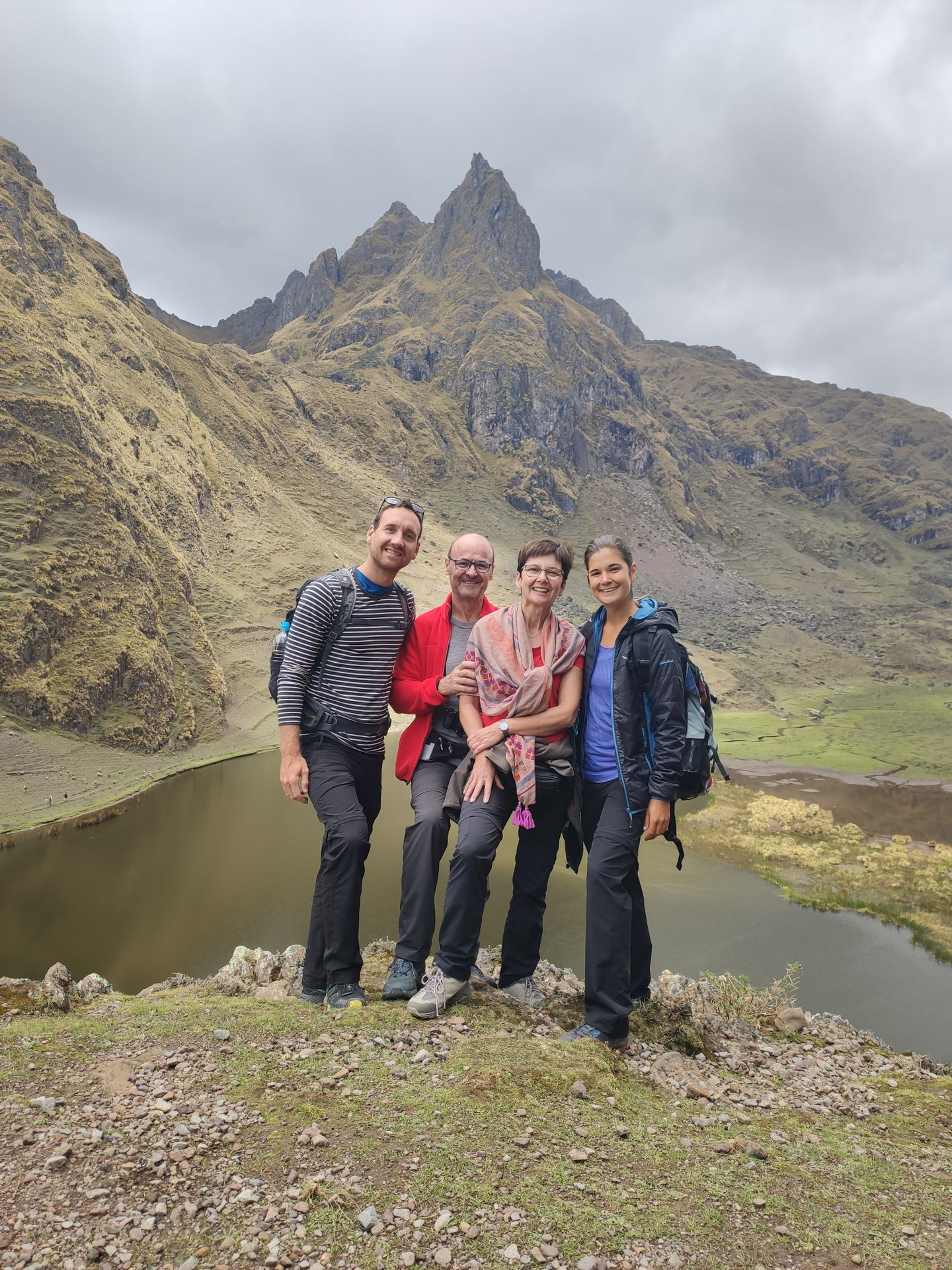
Maras Salt Ponds
The salt pans in Maras were also a masterpiece of the Incas and were built by hand. They are considered the highest salt farm in the world. The valuable salt was traded as the "White Gold of the Andes". Salt production still takes place here today.

Moray Terraces
At first glance, the terraced fields resemble an amphitheater. However, they are actually a specially designed cultivation area of the Incas. The different altitudes were used to grow up to 250 different types of cereals and vegetables in the most suitable location.

Inca Ruins
Another highlight was the visit to the Inca ruins in Ollantaytambo and Pisac. Incredible expansiveness!



Lake Titicaca
We set off towards the south with a night bus to get to know the Bolivian part of Lake Titicaca from the town of Cabanaconde. When we arrived at the bus terminal in Puno (Peruvian side of the lake), we were informed in the early morning that our already booked bus - like all other buses - had been canceled. The political situation in Bolivia had further escalated and all major roads had been blocked two days earlier by supporters of former President Evo Morales. Just like weeks before in Ecuador, this time too the indigenous population was ready to support their party with almost all means in order to reverse a political decision that had already been made. Unfortunately, the situation reached its negative climax when we wanted to enter Bolivia and then continue to La Paz and the salt flats. The only option for us would have been to take a taxi at a hefty price to the border, cross it on foot, and then walk 10 kilometers to Copacabana. Since we had already had enough of hiking with 20 kilograms on our backs, we politely declined. Thus, we threw away a large part of our previously made travel plans (at first with a slightly bitter eye) and stayed for 5 days on the Peruvian side of Lake Titicaca in Puno.

Despite the unplanned longer stay in Puno, we were never bored.

Lake Titicaca is located at 3,812 meters and is therefore the highest commercially navigable lake in the world. With its 8,288 square meters, it is also the largest freshwater lake in South America - just to give you a better idea: it is 15 times the size of Lake Constance or more than twice the size of our federal state of Burgenland. Because of this, it looks more like a sea, and even the waves during our boat trip made us feel more like we were on the Pacific Ocean rather than on an inland body of water in the highlands.
'Uros' and the island 'Taquile'
We found the 'Uros' islands, known as floating reed islands, particularly exciting. During our visit, we learned that there are about 80 islands, all of which are inhabited by around 2,000 'Uros Indians' (descended from the oldest peoples on the continent). Each island is inhabited by a family clan, which consists of 3 to 10 families. The islands are actually built only from different layers of reeds arranged in a cross shape. Since the reeds rot continuously, new layers need to be added constantly. In addition to the ground, all boats and houses are also made of reeds. Originally, the floating islands were used as a refuge from hostile attacks. So when there was an attack, they simply cut off their island from the mainland and let it drift on the water. During our stay there, the locals introduced us to traditional customs and explained a lot about their life and the islands. Of course, this excursion is very touristy, and the Uros people do these tours more for financial reasons than out of love for others. However, it was still interesting.





Sillustani
We chose the tower tombs in Sillustani for another day trip, which - beautifully located next to a lake - offered us the perfect spot for a delightful picnic.


July
The next day we went to Juli, a town just before the Bolivian border. There we immediately treated ourselves to a beer in the main square because there was something to celebrate: our rebirth! The driver of the colectivo must have been partying too long the day before and had struggled for 3 hours not to fall asleep at the wheel. His head clearly became heavier and heavier, he constantly rubbed his eyes, opened the window, and actually dozed off for a moment. Martina's dad successfully kept him awake. In this sense: Cheers!!!

Our visit to Juli was marked by an emotional table football game, which ultimately ended in a fair draw in the generational duel.

Arequipa
The bus ride from Puno to our next destination took us past beautiful landscapes up to over 4,500 meters, where we saw llamas, alpacas, vicuñas, and flamingos. When we arrived in Arequipa, we spent the rest of the day sightseeing, enjoying the summer temperatures, good food, and cold beer. We especially liked the historic city center with its Plaza de Armas. Arequipa is also known as the "white city" because numerous baroque buildings were built from Sillar - a white volcanic stone.

Colca Valley - Chivay
As the final major stop of our trip of four, we chose the Colca Valley. The Colca Canyon is one of the deepest in the world! After another beautiful bus ride, we first reached the village of Chivay, the beginning of the Colca Canyon. Our personal highlight of this region was a great hike along the canyon with a view down to the river and the opposite side of the valley. As the crowning glory of this hike, we enjoyed a swim in one of the many hot springs (here the water comes directly from the rock at 66 degrees). This pleasant bath could only be topped by a cold beer with a splendid view. A moment that will not be forgotten quickly.

The next day, we forced ourselves to wake up at half past six to be able to hike the 1000 meters uphill before the scorching heat arrived. The ascent went smoothly, and so we arrived in Cabanaconde in the late morning, slightly exhausted but filled with endorphins. Finally, we spotted a dozen condors in the distance before taking the bus back to Arequipa. There we spent another two relaxing days with a visit to a monastery and a hike to a waterfall before Martina's parents had to start their journey home. We were really excited about the travel companionship from home and enjoyed the time together. It's incredible how quickly these 3 weeks passed by.



December 2nd, 2019: After two familiar faces had left, we were able to enjoy a new familiar face. A friend has chosen Arequipa as her new home for two years and was kind enough to accommodate us in her beautiful large apartment.

We are looking forward to a week together in Arequipa. During this time, we will decide on our next travel destinations. Let's see how often we change our ideas and start planning anew. It remains exciting 😊
See you soon,
Martina and Jürgen
Ps: More impressions can be found in the 'Pictures' section as always.
نيوز ليٽر جي رڪنيت حاصل ڪريو
جواب

سفر جون رپورٽون پيرو

